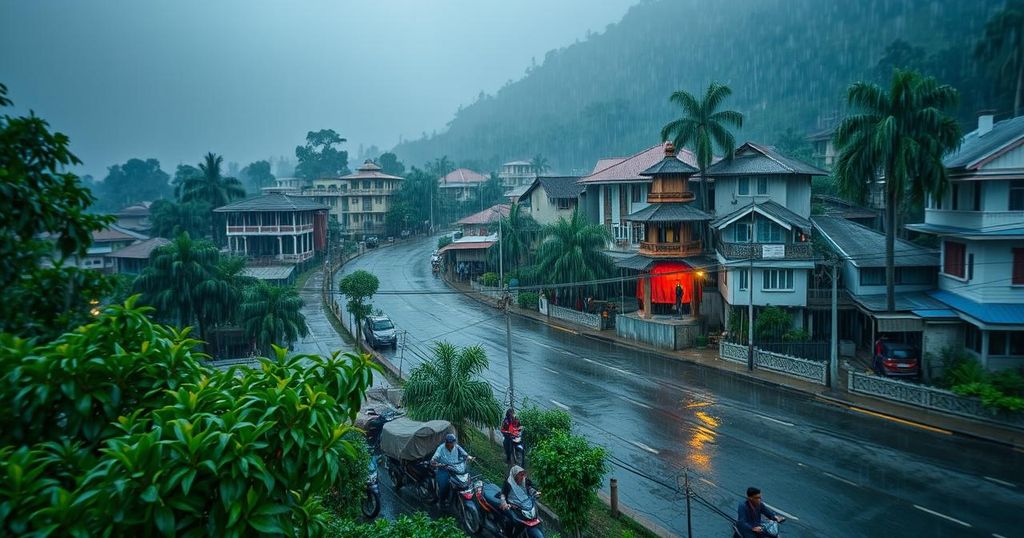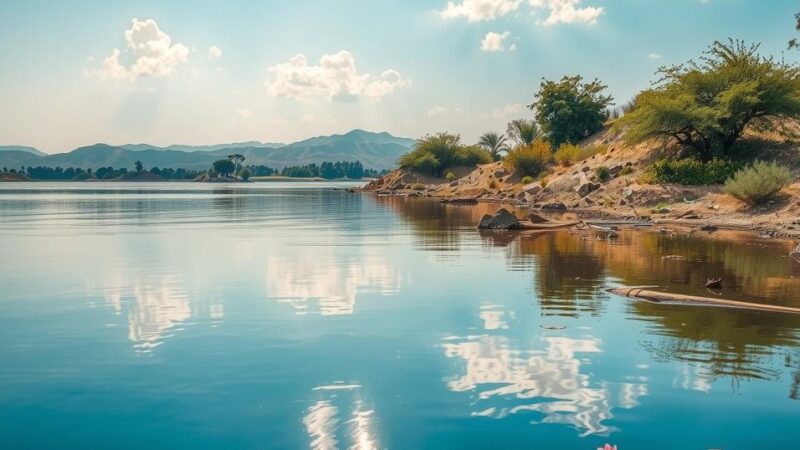A recent analysis by World Weather Attribution revealed that the devastating floods in Nepal in late September, which resulted in over 240 fatalities, were worsened by climate change, making the rainfall approximately 10 percent more intense. The floods prompted calls for improved urban planning in flood-prone areas to mitigate future impacts, alongside suggestions for enhanced early warning systems. Scientists underline the urgent need to address the effects of climate change on extreme weather events in the region, which continues to display increasing vulnerability.
A rapid analysis conducted by World Weather Attribution (WWA) has revealed that the catastrophic floods in Nepal during late September, which resulted in the loss of more than 240 lives, were exacerbated by human-induced climate change, making the rainfall approximately 10 percent more intense. The extreme weather event began on September 26 and persisted for three days, during which many regions in central and eastern Nepal recorded unprecedented rainfall amounts, including over 320 mm on September 28. The floods, which led to significant devastation in the Kathmandu valley—historically unhampered by such intense flooding—have raised alarms regarding urban planning in flood-prone areas. The WWA’s analysis emphasizes the urgent need for Nepal to reassess urban development strategies, particularly in low-lying areas alongside rivers, to mitigate the impacts of future flooding disasters. Furthermore, the study highlights the role of rapid urbanization, particularly around the Bagmati River in Kathmandu, which could potentially heighten the risk of fatalities and economic losses during such extreme weather events. Researchers advocate for improved early warning systems and proactive measures to protect vulnerable populations from recurrent flooding disasters. Mariam Zachariah from the Centre for Environmental Policy at Imperial College, London, stated that without the overloading of fossil fuel emissions in the atmosphere, the intensity and destructiveness of floods would have significantly decreased. This study further illustrates the growing vulnerability of the Asian continent to increased rainfall due to climate change, indicating that similar patterns of extreme flooding have been observed in other countries across the region this year. Roshan Jha from the Indian Institute of Technology, Bombay, notes that even minimal temperature rises increase the atmosphere’s moisture capacity, which will exacerbate future flooding risks. The collaborative investigation involved 20 researchers from various universities and meteorological agencies across Nepal, India, Sweden, the United States, and the United Kingdom, underscoring the global relevance of local climate issues.
The article addresses a significant environmental crisis facing Nepal, where a recent series of floods, attributed to intense rainfall, has claimed numerous lives and caused extensive property damage. This event has been directly linked to human-induced climate change, illustrating how alterations in global weather patterns can lead to extreme weather phenomena, particularly in flood-prone regions. The article highlights the critical need for responsible urban planning and emphasizes the importance of international collaboration in addressing the wider implications of climate change. The insights provided by the World Weather Attribution organization serve to connect local weather events to broader climatic trends, thereby reinforcing the urgency of addressing climate-related challenges.
In conclusion, the findings indicate a clear link between human-induced climate change and the increasing intensity of rainfall events leading to devastating floods in Nepal. The urgent recommendations for limiting urban development in flood-prone areas and enhancing early warning systems reflect a proactive approach to safeguarding lives and property against future climate-related disasters. This situation serves as a sobering reminder of the vulnerabilities faced by countries like Nepal in the context of global climate dynamics.
Original Source: www.theweek.in






